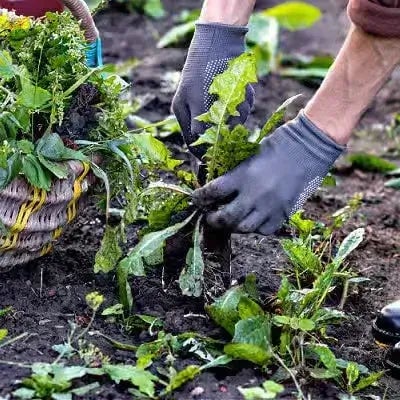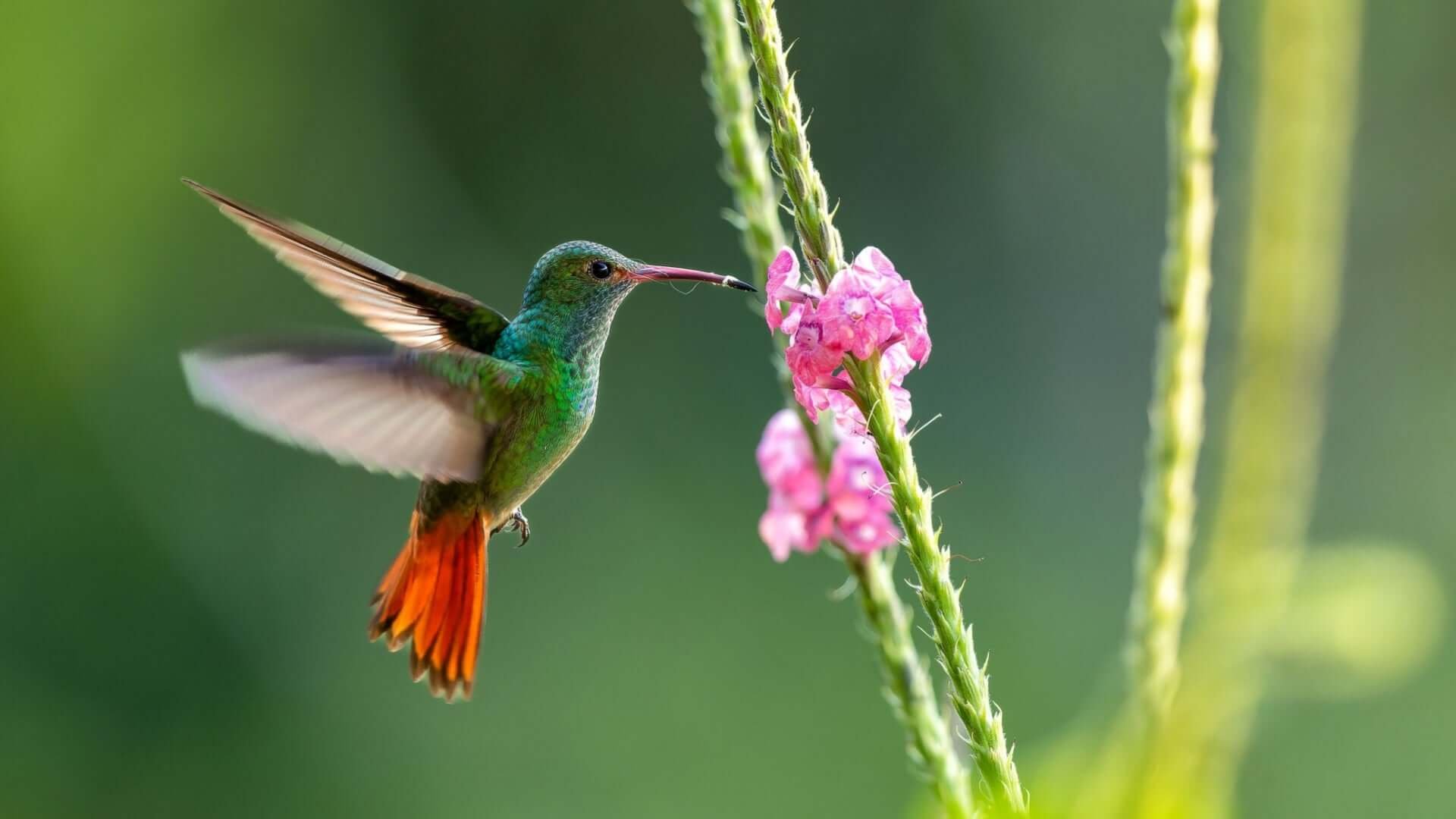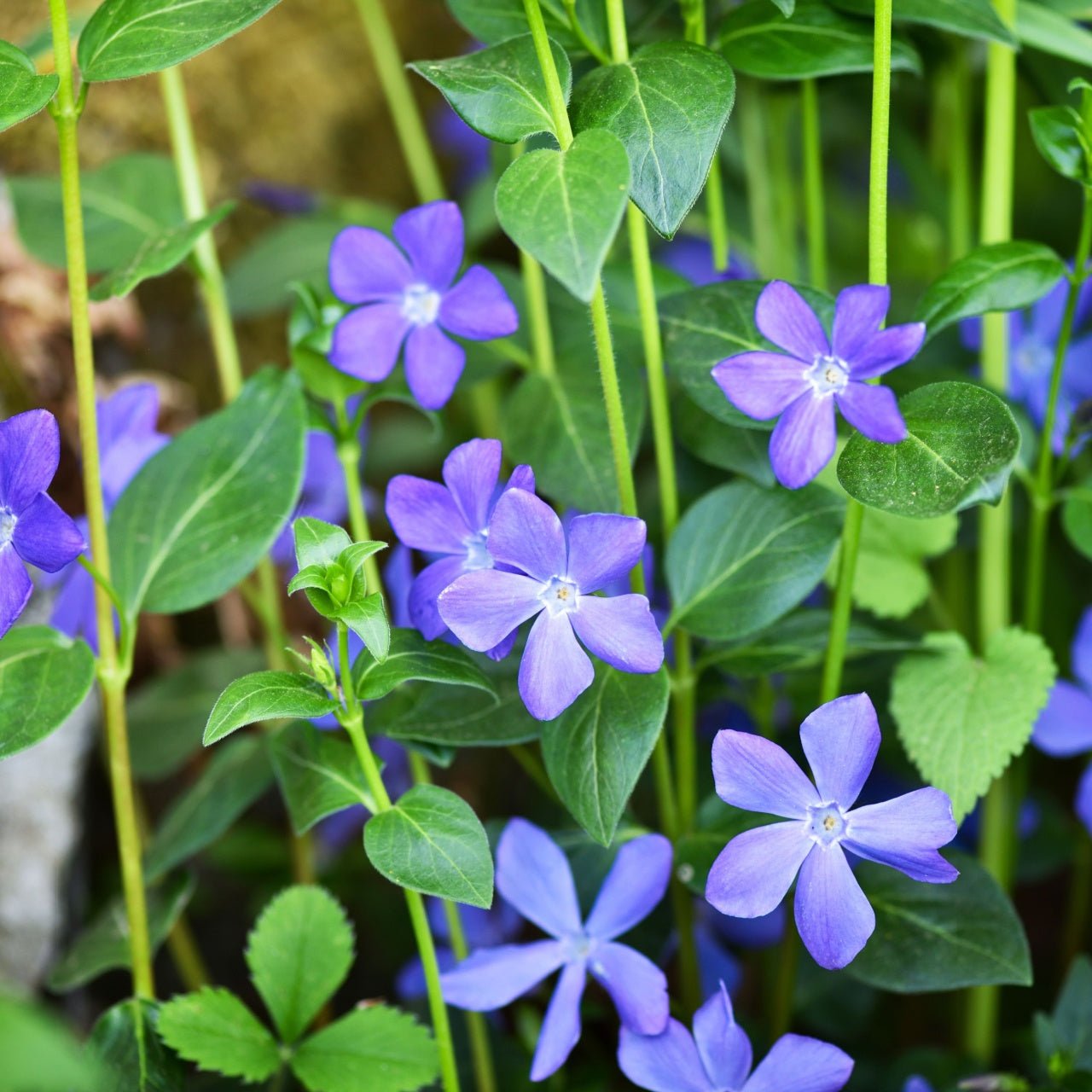Designing a Picturesque Garden Meadow Landscape
A garden meadow landscape is a charming and inviting way to infuse natural beauty into your outdoor space. The colorful flowers, tall grasses, and serene pathways create a harmonious, tranquil, visually appealing, and ecologically sustainable environment.
Elements of a Garden Meadow Landscape Design
Naturalistic Layout: The foundation of a garden meadow landscape lies in its natural layout. Avoid rigid, geometric lines in favor of curving pathways and irregularly shaped planting beds. This design philosophy mimics the randomness of nature, fostering a sense of freedom and calmness.
Pathways and Seating: Integrate winding paths that guide visitors through the meadow. These pathways can be composed of gravel, mulch, or stepping stones, enhancing the garden's accessibility and providing a place to pause and enjoy the scenery. Intersperse comfortable seating areas strategically, immersing people in the landscape.
Plant Variety: The heart of a garden meadow is its diverse plant life. Combining native grasses, perennials, and wildflowers is crucial in achieving an organic and vibrant look. Choose plants that bloom at different times of the year, ensuring the meadow remains colorful throughout the seasons.
Design Considerations
Site Analysis: Understanding your landscape's unique characteristics before diving into the design. Analyze factors such as sunlight exposure, soil quality, drainage, and existing vegetation. This assessment will guide your plant selection and placement decisions.
Balance and Scale: Achieve balance by blending a variety of plant heights, colors, and textures. Varying scales create visual interest and depth. Taller grasses at the back of the meadow gradually transition to shorter plants at the front, enhancing the illusion of depth and space.
Focal Points: Introduce focal points to anchor the design and draw attention. A decorative bench, a bird bath, or a strategically placed sculpture can be eye-catching elements. Focal points punctuate the meadow's expanse and encourage exploration.
Plant Selection
Native Plants: Opt for native plant species as they are adapted to the local environment, requiring less maintenance and water. They also attract local wildlife, fostering biodiversity in the garden.
Grasses: Ornamental grasses like switchgrass, little bluestem, and feather reed grass add movement and texture to the meadow landscape. Their graceful swaying in the breeze adds an enchanting dimension to the space.
Wildflowers: Select a mix of black-eyed Susan's, coneflowers, and yarrow. These plants burst with color and provide nectar for pollinators, promoting ecological balance.
Ground Covers: Include ground covers like creeping thyme or vinca minor to fill gaps and prevent weed growth. They also create a seamless transition between taller plants.
Maintenance
Regular Pruning: Trim back plants to maintain their shape and prevent overcrowding.
Seasonal Clean-Up: Perform seasonal clean-ups to remove fallen leaves, debris, and weeds. This upkeep ensures the meadow remains tidy and healthy. Thinning and Dividing: Over time, some plants may become overcrowded. Thin out dense areas and divide plants to encourage their growth and vitality.
Watering: While native plants are generally low-maintenance, water young plants adequately until they establish robust root systems. Once installed, they will require minimal watering, making the meadow landscape water efficient.
Designing a garden meadow landscape is an opportunity to create a haven of natural beauty in your outdoor space.
By harmonizing the elements of a naturalistic layout, considering essential design aspects, carefully selecting plants, and practicing effective maintenance, you can craft a picturesque meadow that evolves with the seasons, invites exploration, and fosters a connection with the natural world.
A well-designed garden meadow is a feast for the eyes and a sanctuary for the soul. A well-designed garden meadow is a captivating tapestry that enchants the senses and offers a visual feast for the eyes. Its allure lies in the harmonious blend of colors, textures, and forms that mimic the natural beauty of wild landscapes while retaining a carefully curated aesthetic.
At first glance, a garden meadow welcomes visitors with an explosion of color. The palette transitions seamlessly from gentle pastels to vibrant jewel tones, creating a dynamic interplay that evolves with the changing seasons. Delicate blooms sway in the breeze, painting the scene with ephemeral grace. From the rich purples of lavender to the cheerful yellows of sunflowers, each hue contributes to a symphony of visual delight that awakens a sense of wonder.
Yet, not just the colors captivate the observer, but also the diversity of textures. A well-conceived meadow juxtaposes the softness of velvety petals with the ruggedness of ornamental grasses. Tall, airy grass plumes reach for the sky, mingling with the dense clusters of flowers below. The tactile experience draws visitors closer, inviting them to run their fingers through the silky grass fronds or trace the intricate patterns on the petals.
Amidst the sea of colors and textures, the meadow hosts a variety of forms that reveal themselves upon closer inspection. A careful arrangement of plants ensures a balanced distribution of heights and shapes. Towering delphiniums stand sentinel while dainty daisies blanket the ground. The gentle arcs of floral stems create a natural rhythm that guides the eye along pathways, beckoning explorers to wander deeper into the tapestry of blooms.
A well-designed meadow isn't just a static spectacle; it's a living canvas that transforms throughout the year. Spring brings forth the first blush of life as bulbs bloom, while summer stretches the meadow's fabric tight with abundant growth. As autumn approaches, the colors shift into warm reds and burnt oranges, reminiscent of a fading sunset. Even in winter, the skeletal remains of grasses and seed heads provide a sculptural beauty against the backdrop of frost.
Beyond its aesthetic charm, a garden meadow offers ecological benefits that enhance its allure. Native plants attract pollinators, providing sustenance to butterflies, bees, and birds. The field becomes a haven for biodiversity, contributing to the ecosystem's overall health.
It's a symphony of colors, textures, and forms that evolves with the seasons, inviting viewers to lose themselves in its ever-changing story. Whether appreciated from afar or explored up close, a garden meadow is a feast for the eyes that nourishes the soul.
A Garden Meadow: Cultivating Wellness and Vitality
Garden meadows consist of more than wildflowers and native grasses. This environment was designed as an ecological balance providing multiple advantages to humans and wildlife. Building and maintaining a meadow presents a subtle yet effective approach to enhancing overall health through natural interaction opportunities and exercise while improving mental wellness. Whether you own a vast lawn or only a small space for wildflowers, you can transform a garden meadow into a vibrant sanctuary that restores life and promotes healing.
Garden meadows' most impactful health benefit stems from their ability to improve mental well-being. Natural beauty exposure produces measurable reductions in stress levels and both anxiety and depression symptoms. The process of tending to your meadow becomes a meditative practice through the act of nurturing living things. The soothing sounds from pollinators and tall grasses create a tranquil and musical atmosphere, which helps people unwind and focus on the present moment. The restored sense of tranquility enables individuals to stabilize their emotions while sharpening their concentration and building a deeper relationship with nature.
Meadow maintenance provides physical activities that enhance overall health. A garden meadow demands less maintenance than a manicured lawn, but the work involving planting, weeding, and removing dead growth provides consistent exercise opportunities. Bending, squatting, and lifting during meadow maintenance strengthen muscle groups while improving flexibility and supporting heart health. Engaging in outdoor activities introduces new movement patterns that expand your fitness routine beyond the confines of traditional exercise methods.
Plants in garden meadows support overall wellness through their variety. Meadows filled with various flowers attract pollinators, including bees, butterflies, and hummingbirds. Beneficial creatures support ecosystem health while enabling the development of food and medicinal plants on which we depend. The booming pollinator population sustains itself as a crucial element of a balanced and resilient environment. The presence of diverse flowering plants makes your environment a natural medicine source that may promote health for humans and animals. You can achieve a healthy lifestyle by gathering edible or medicinal flowers from nature like calendula, chamomile, and echinacea.
Planting a meadow offers psychological benefits by helping individuals establish a sense of purpose and achievement. Transforming seeds into vibrant life demands careful observation and patient nurturing. The entire process, from seed sprouting to flowering plants, produces individual moments of achievement while teaching you to connect with nature's rhythms. The mindful activity of nurturing living creatures enhances self-esteem while developing a beneficial relationship with nature.
The garden meadow offers an opportunity to disconnect from everyday distractions and establish a deeper connection with something larger than oneself. Nature's environment demands your attention and encourages sensory engagement, while modern life creates constant distractions and keeps us busy. The soft movement of tall grasses, the fragrance of blooming wildflowers, and the soothing sounds of wildlife create a rejuvenating experience for anyone who takes the time to notice. A garden meadow provides beautiful and wondrous moments that generate a source of health and energy that benefits both physical and mental well-being.
Read more

When the weather is pleasant, everything flourishes. It's wonderful to see flowers bloom, but not so great when weeds do the same. If you're looking to remove unwanted weeds without using harmful c...

Is there anything better on a summer evening than the smell and taste of hot blackberry cobbler? What about a fresh hot cobbler on a cold winter day? You can make that cold weather cobbler by freez...
Family Owned and run with pride
Nestled in the heart of Middle Tennessee, TN Nursery is a proud family-owned business rooted in tradition, quality, and a deep love for plants. For generations, we’ve been dedicated to providing exceptional service and building lasting personal connections with gardeners, landscapers, and nature enthusiasts across the country. Our mission is to make planting and gardening more accessible, enjoyable, and rewarding—whether you’re a seasoned horticulturist or just starting your first flower bed.
We specialize in expertly grown native plants, perennials, shrubs, trees, and ferns that thrive in a variety of climates. Every plant we offer is carefully nurtured on our farm to ensure strong root systems, healthy growth, and long-term success in your landscape. From vibrant evergreens to colorful blooms and ground covers, we offer an expansive selection to help you create the outdoor space of your dreams.
At TN Nursery, we believe in more than just selling plants—we’re here to help you transform your garden into a place of beauty, sustainability, and joy. Our knowledgeable team is always available to answer questions, offer guidance, and share tips to ensure your planting experience is a success. Join our growing family of happy customers and let us help you bring your garden vision to life.



